19 Free Tools & Resources to Make #ContentMarketing Easier for your School

Creating content isn’t always easy, in fact, it can sometimes feel more like a you are sprinting uphill (someone convinced you it was a good idea to start do, but you realise that you were not prepared)!
While other parts of organisations and marketing are becoming increasingly automated, content creation is still very much a manual job. Automation hasn’t yet replaced what we do (thank goodness).
That being said, there are plenty of tools out there to make creating content much easier. Below, you’ll find a list of 19 fantastic tools and resources to help you research, write, edit, and design content more easily.
But don’t worry - you can do it! We believe in you.
>> For Researchers
 Site:search
Site:search
This is a handy Google hack I use every day. Basically, it allows you to do a Google search that’s limited to a particular website.
Doing SEO and keyword research? Your marketing software should be able to help. But if it can’t (or you’d like to augment your data), Google’s Webmaster Tools can be a great help. You can check things like the number of indexed pages on your website, submit your site to Google so you’re getting crawled and indexed, and even disavow bad inbound links. It also can give you information on search queries that have a large volume of impressions but low clickthrough rate.
Within Google Webmaster Tools, go to “Your site on the web” and choose “Search queries.” You’ll see a table showing a search query, impressions, clicks, and clickthrough rate (CTR). Comparing this data to your other analytics data can help uncover some opportunities.
You know that coworker who always seems to find the perfect animated GIFs for your social posts or internal chat client? With the free Giphy Chrome extension, you’ll be able to find great GIFs just as quickly.
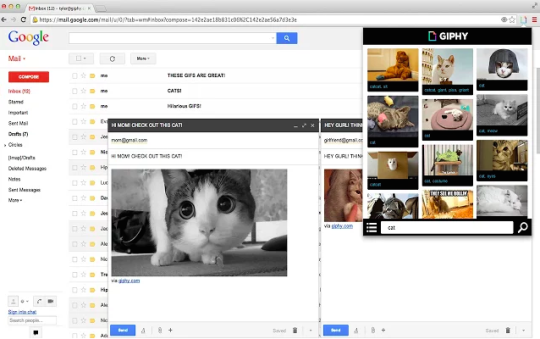 Evernote
Evernote
We use the free version of Evernote every single day. From to-do lists and research notes to writing entire chunks of articles, it’s proven helpful at every step of the writing and editing process.
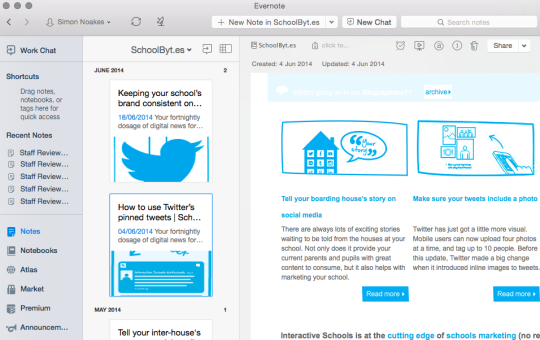
One great feature? Its mobile, desktop, and web apps sync automatically as long as you have an internet connection. (And if you work offline, it’ll sync the next time you have internet.) Plus – and this is super important for content creators like us – it’s constantly saving and syncing your work automatically, making it a safe place to write and store ideas.
Use it to keep a running list of ideas, take notes, store inspiring articles or ebooks – even to write a blog post in 10 minutes by speaking it out loud and then editing the translated text.
(6) Word2CleanHTML
If you like drafting blog posts in programs like Microsoft Word, Evernote, or Google Drive instead of your content management system (CMS), then this simple tool can be your best friend. Why? Because when you copy a document from Microsoft Office and paste it into your CMS (not ours BTW! The TIARCCMS allows this by default), lots of little, weird formatting issues can crop up in your HTML.
Word2CleanHTML applies filters to fix all those things added into the HTML, resulting in well-formatted HTML you can paste directly into a web page CMS. Simply paste in your draft, click one button, and then copy the resulting HTML straight from the tool. When you paste that into your CMS (most will have buttons reading “HTML” or “</>” in their tool bar above your draft), it will appear nice and clean. No hair-pulling or swimming through code required.
(7) Cofftivity
According to a study out of the University of Chicago, “A moderate level of ambient noise is conducive to creative cognition.” In other words, being the tiniest bit distracted actually helps you be more creative. That’s why for many people, myself included, white noise helps promote focus.
 Zerys & eLance
Zerys & eLance
Need to start creating content but don’t have the bandwidth? We hear about this roadblock a lot. One way to get around it is by hiring freelancers from reputable marketplaces like Zerys oreLance. These resources give you access to skilled freelance writers who can write blog posts, ebooks, whitepapers, and other pieces of written content for you. (To be sure you’re hiring the best writers, read this in-depth post about how to screen for the best writers.)
(9) HTML Hacks for Marketers by Codeacademy
While this isn’t strictly a writing resource, basic coding knowledge is quickly becoming a must-have skill for the modern marketer – bloggers and written content creators included. But learning from scratch can be daunting. Where on earth do you start?
If you’re a total beginner, start with HTML Hacks for Marketers. It’ll teach you quick but useful hacks anyone – regardless of coding knowledge – can use in their marketing. For example, you’ll learn how to make small changes to HTML like altering headers and spacing, creating text in block-quote form, and inserting social share links.
Once you’ve mastered these basic HTML skills, move on to Codeacademy’s free interactive courses. They found a way to make learning HTML and CSS actually fun – and you can go through each lesson at your own pace.
>> For Content Editors
(10) Grammarly & Correctica
While human editors will be able to catch most grammatical errors, editing tools like Grammarly and Correctica are great tools for triple-checking before you press “publish” or “send.” Both free tools check for grammatical errors – and Grammarly even checks for plagiarism.
(11) Hemingway App
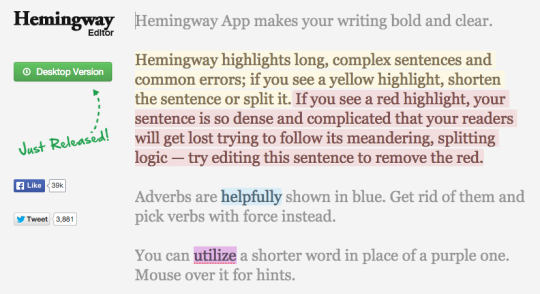
Ernest Hemingway, admired for his succinct writing style, is the namesake for this handy editing app. Want to make your written content easier to read? Paste your content into this free web app, and it’ll assess your writing and identify opportunities to make it simpler.
My favorite features include identifying passive voice and hard-to-read sentences. Check out the right-hand side of the screenshot below, where the tool has summed up how readable my writing is with a grade. (Some room for improvement here.) Their suggestion to improve readability overall? Shoot for lower than a 10th grade reading level.
(12) Headline Analyzer
Here’s a scary stat for you: Only 62% of people who click into an article end up reading past the headline. That makes your headline both the first and possibly the only chance for you to compel readers to keep reading – so it’s totally worth it to spend the extra few minutes coming up with a really good one.
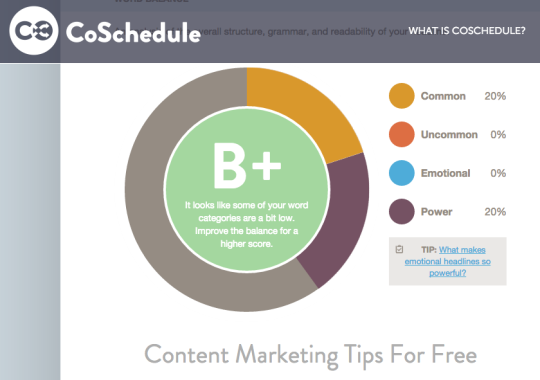
What does a really good headline look like? The free tool Headline Analyzer by CoSchedule can tell you. It scores your headline quality and rates its ability to drive social shares, traffic, and SEO value. In my experience, its strength is helping you strengthen specific components of your title. For example, it reports on perceived sentiment and commonality of word types. It’ll even show you how it will appear in search results.
So although you should take these scores and grades with a grain of salt, you can use this to give your headlines a “once-over.“
>> For Designers
(13) Nimbus Screenshot & SnagIT
These are other tools I use every day. Sure, you can capture a screenshot of your entire screen or part of your screen using the old keyboard shortcut method. But what if you want your screenshot to include stuff that’s not visible on your screen?
Nimbus Screenshot & SnagIT lets you capture the visible part of a web page, a selected area, a selected scroll (my personal favorite), the entire page, or the entire browser window – including everything below the fold.
 Canva
Canva
If you like creating beautiful visual content in a really short amount of time, you’ll love Canva. The time and resources it takes to learn design, pay for design assets, and/or get inspired to create beauty from scratch can be really difficult when you’re staring at a long list of to-dos – but Canva offers a huge library of pre-made templates and assets that you can manipulate while also adding your own imagery.
Best of all, they have so many assets and graphics available for free that you won’t have to pay a cent if you don’t want to. If you want to use more "premium” assets and graphics found through their image search, they’ll charge you $1 for each. But there’s plenty of value for free.
Here’s an example of something you could make:
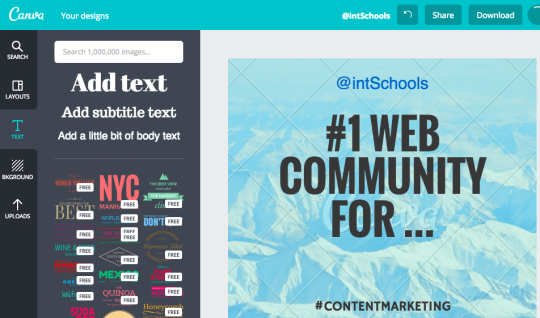 ThingLink
ThingLink
Ever wanted to make an image (or infographic) clickable? ThingLink lets you upload an image and add little icons to it that appear when a person hovers their cursor over the image. These icons allow users to visit links, watch videos, or read messages you’ve written. Plus, it’s easy to share: Users can easily embed ThingLink images.
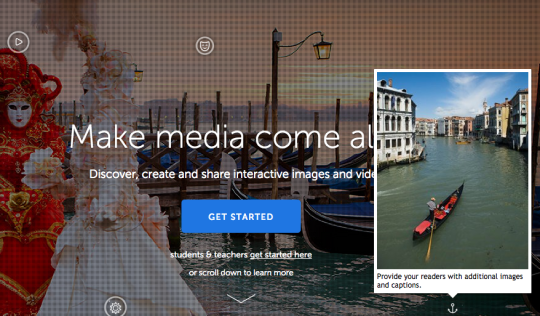 Skitch
Skitch
Skitch is a free app by Evernote that helps you communicate more visually. It lets you mark up images, digital assets, PDFs, and other files with arrows, callout boxes, text, and more all in one place.
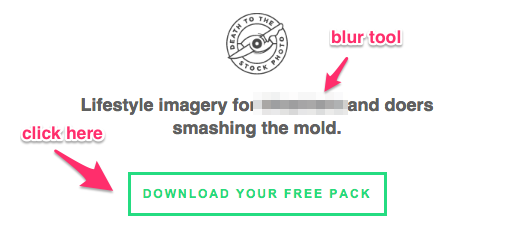 open an Evernote account – but that’s also free (see above).
open an Evernote account – but that’s also free (see above).
(17) Google Fonts
Want to spruce up your site pages, presentations, ebooks, and other content with cool and difference new fonts? Little-known fact: Google has a directory of 600 free fonts ready for you to download and use.
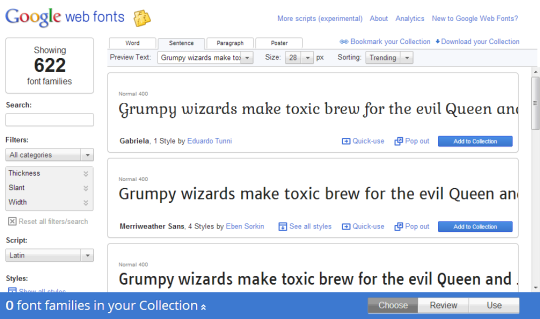 their directory, then click “Use” to get the HTML code you can copy and paste onto your site. Alternatively, you can download the fonts to your desktop and use them when making new marketing content by clicking “Add to Collection.” (Click here for step-by-step instructions for doing this in the HubSpot software.)
their directory, then click “Use” to get the HTML code you can copy and paste onto your site. Alternatively, you can download the fonts to your desktop and use them when making new marketing content by clicking “Add to Collection.” (Click here for step-by-step instructions for doing this in the HubSpot software.)
(18) Image Color Picker
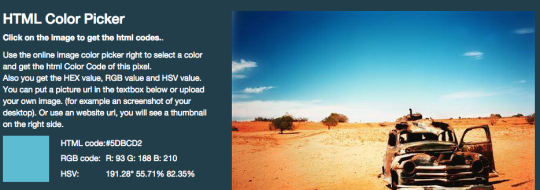
Remember that time you wanted to match your call-to-action design to that color you were using on all your event swag … but the one person who would know what that color was didn’t work at your school anymore? Next time that happens, snag a picture of that swag and upload it to ImageColorPicker.com, or use any image URL to do the same thing. Select any point of the picture, and immediately see its corresponding HEX, RGB, and HSV values.
(19) PlaceIt
 HubSpot and the most relevant areas to schools shared here.
HubSpot and the most relevant areas to schools shared here.
